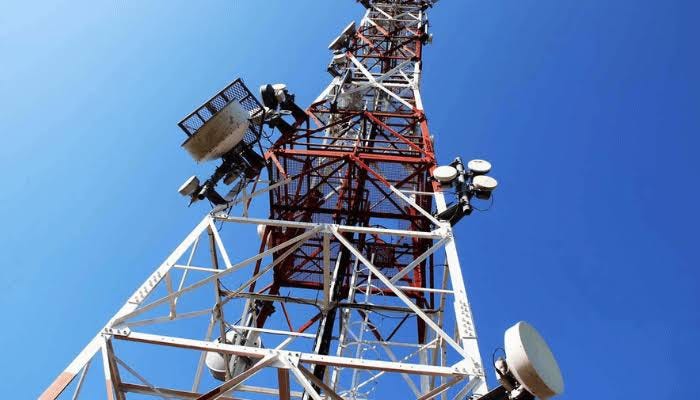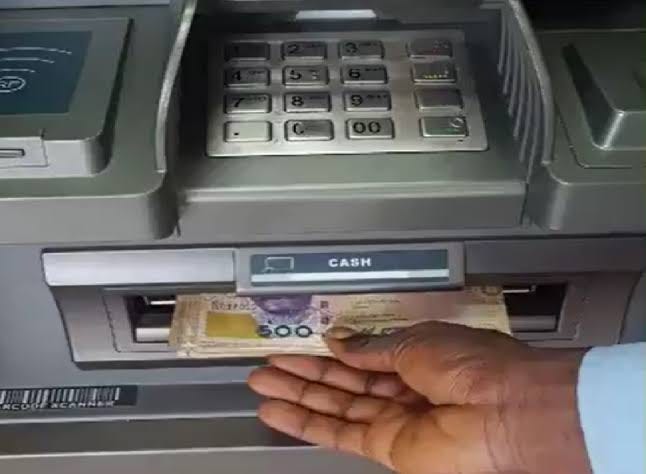MTN Nigeria’s Drastic Tariff Hike and Exorbitant Banking Fees: The Cost of Survival and Its Impact on Africa’s Creative Industry
Nigeria is facing one of its toughest economic periods in decades. Inflation is skyrocketing, the naira is unstable, and the cost of living has become unbearable for many. With an inflation rate of 34.8% and food inflation surpassing 40% in late 2024, even basic necessities are becoming luxury items. For Nigeria’s creative industry—home to filmmakers, musicians, designers, artists, and digital content creators—this economic turmoil presents a unique challenge.
Rising data costs, increased banking fees, and an unstable economy are making it harder for creatives to sustain their work, connect with audiences, and even afford the tools necessary for their craft. The problem doesn’t stop at Nigeria—it’s part of a larger crisis affecting African creatives in economies plagued by price fluctuations, forex losses, and policy uncertainty.
The Rising Cost of Digital Access
One of the biggest hits to Nigeria’s creative economy is the sharp increase in internet data costs. On January 24, 2025, the Nigerian Communications Commission (NCC) approved a 50% tariff hike on data plans, but some plans increased by as much as 200%.
For instance, MTN Nigeria’s 15GB weekly plan jumped from ₦2,000 to ₦6,000, making it nearly unaffordable for many. Smaller plans, like the 1.8GB monthly plan, increased from ₦1,000 to ₦1,500, while others, like the 2.5GB daily plan, remained unchanged.
For many Nigerian creatives, the internet is their workspace, marketplace, and networking hub. Digital artists upload their work online, filmmakers share trailers on social media, and influencers rely on content visibility. A drastic rise in data costs means:
Lower engagement: Creatives and small businesses may struggle to afford data for regular content uploads.
Reduced visibility: High data costs could push users to consume less content, affecting the reach of creators.
Barriers for upcoming creatives: New creators who rely on budget-friendly plans may struggle to stay active.
Meanwhile, telecom companies like MTN and Airtel are also struggling with forex losses due to naira instability. MTN Nigeria alone reported a ₦656 billion loss in 2024, showing that telcos are facing economic challenges too. Some analysts believe the price hikes are necessary for survival, but for creatives, it’s another obstacle in an already difficult industry.
Banking Fees and the Push Toward Cashless Transactions
As if high data costs weren’t enough, new banking fees are adding to the financial burden. The Central Bank of Nigeria (CBN) has revised ATM withdrawal fees, meaning that starting March 1, 2025:
Withdrawing from another bank’s ATM now costs ₦100 per ₦20,000.
Off-site ATMs (like those in malls or supermarkets) will charge an extra ₦500 per ₦20,000.
For creatives who rely on freelance payments, client transactions, and brand deals, these new banking fees present multiple issues:
Higher costs for cash transactions: Many creatives, especially those outside the formal sector, rely on cash-based transactions. Increased withdrawal fees cut into their earnings.
Pressure to go fully digital: While digital banking is growing, many businesses and clients still prefer cash transactions. The push for a cashless economy could create friction for creatives who rely on a mix of payment methods.
This policy shift reflects the Nigerian government’s long-term goal of increasing digital transactions. But with frequent bank network failures, poor internet infrastructure, and high mobile banking fees, it’s not necessarily a smooth transition.
The Bigger Picture: Economic Instability Across Africa’s Creative Sector
Nigeria’s current struggles mirror economic instability in other African nations, where creatives face similar challenges:
Ghana: In 2023, Ghana’s inflation rate peaked at 54%, making it one of the highest in Africa. Creatives in the country faced increased costs for art supplies, software subscriptions, and digital marketing.
South Africa: With rolling blackouts (load shedding) worsening in 2024, digital creators faced power outages that disrupted content production and live streams.
Kenya: The 2024 tax hikes on digital services forced content creators to raise their service prices, leading to lower demand.
Price fluctuations and an unstable economy create long-term uncertainty, affecting how African creatives plan their careers. With fewer investors willing to support creative projects, limited access to funding, and rising operational costs, many creators are being forced to explore alternative income streams.
How Nigerian Creatives Are Adapting
Despite these economic hardships, Nigerian creatives are finding ways to navigate the crisis:
1. Alternative Revenue Streams
Many creatives are diversifying their income:
Musicians are turning to merchandise sales and live performances instead of relying solely on streaming revenue.
Filmmakers are exploring private screenings and direct-to-consumer distribution via YouTube and pay-per-view platforms.
Writers and digital creators are leveraging Substack, Patreon, and brand partnerships to sustain their work.
2. Creative Use of Free or Low-Cost Digital Tools
Instead of costly paid promotions, many are maximizing organic reach on TikTok and Instagram Reels.
Digital artists are moving to open-source software instead of expensive subscriptions.
3. Shared Workspaces and Community Support
Creators are pooling resources by sharing studio spaces and co-hosting events to reduce operational costs.
Influencer collaborations are becoming more common, allowing creators to cross-promote each other’s work without increasing marketing expenses.
What’s Next for Nigeria’s Creative Economy?
While Nigerian creatives are proving resilient, long-term growth will be difficult without systemic support. The government and private sector need to recognize the creative economy as a major driver of GDP and put policies in place that ensure its sustainability.
Key Areas That Need Urgent Attention
1. Affordable and Reliable Internet Access
The government should introduce subsidies or tax incentives for creatives who rely on the internet for their work.
Telecom companies should explore flexible data plans for content creators, ensuring affordability.
2. Banking Policies That Support Creatives
The recent increase in ATM withdrawal fees is an added burden. Digital payment options must be made more efficient, secure, and affordable to encourage adoption.
Financial institutions should introduce low-interest loans or grants for creatives to invest in equipment and training.
3. Government and Private Sector Investment
More funding and grants should be made available to emerging creatives, ensuring financial barriers don’t stifle innovation.
Public-private partnerships should support the development of creative hubs with subsidized workspace and internet access.
Conclusion
Nigeria’s rising cost of living, unstable economy, and fluctuating prices are making it increasingly difficult for creatives to sustain their work. From higher data costs to new banking fees and an unpredictable economic climate, the country’s creative industry is being forced to find new ways to adapt.
However, the challenges Nigeria faces are not unique—the problem of economic instability is a pan-African issue affecting creatives across the continent. While Nigerian creatives continue to push boundaries, real solutions must come from policy changes, industry support, and better financial stability to ensure that Africa’s creative economy doesn’t just survive, but thrives.










